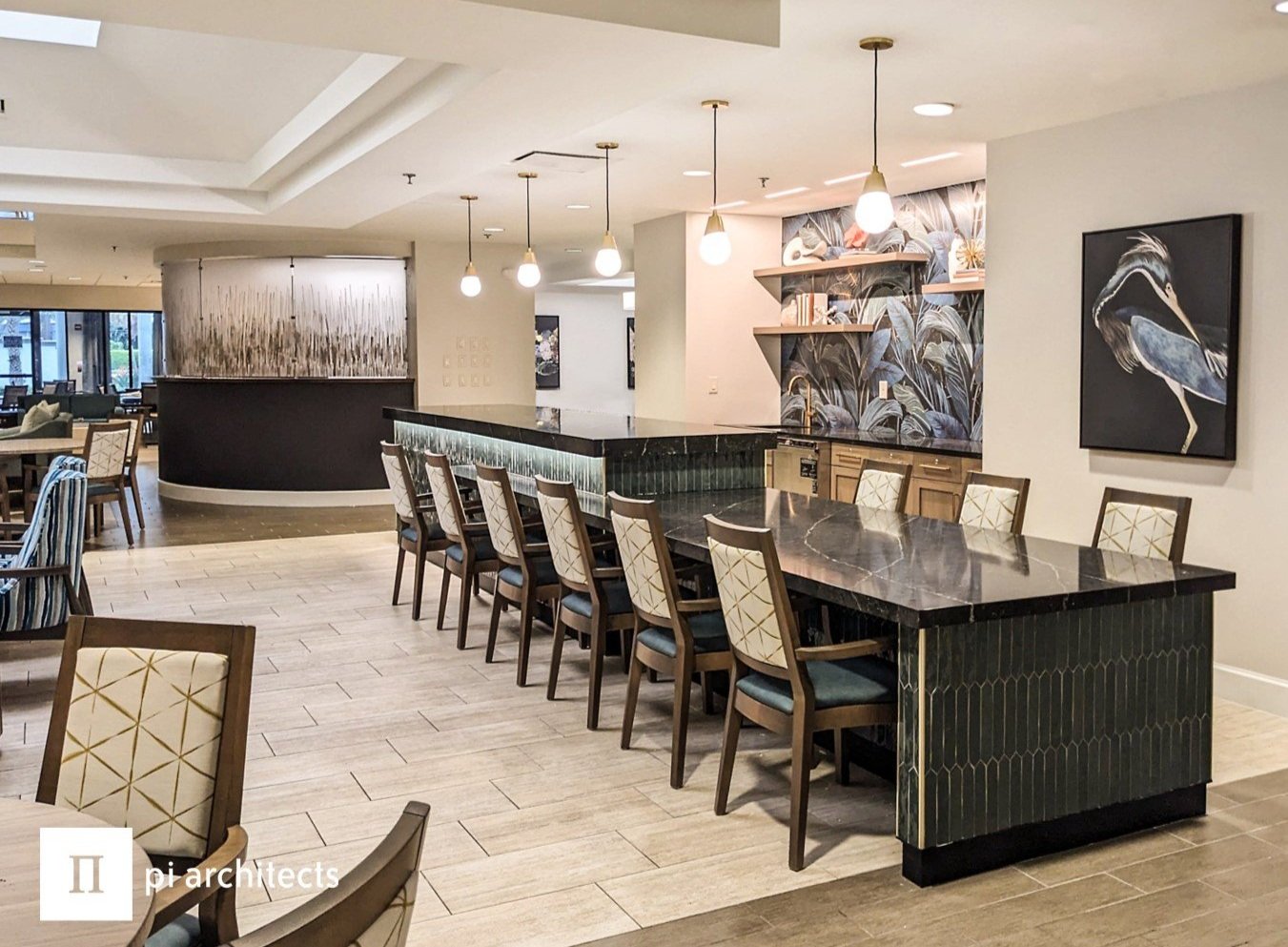Celebrate Independence for Disabled Residents
July 26 represents the 30th Anniversary of the Americans with Disabilities (ADA) Act and marks National Disability Independence Day. Celebrate these milestones and the role of senior living in supporting Americans with disabilities.
“We think of the passing of the ADA as an ‘Independence Day’ for people with disabilities,” says Marcela Abadi Rhoads, FAIA, RAS, owner of Abadi Accessibility. The ADA, the landmark legislation designed to increase the inclusion of people with disabilities in all aspects of community life, ushered in a new era of independence for millions of Americans. Instead of being excluded from opportunities to contribute their skills and talents, Americans with disabilities gained access to places and public services, such as employment and training programs, that were not possible before the ADA.
More people are moving into senior living communities and living there longer, and many have or develop physical, mental, or cognitive impairments. Among the design features tailored to residents with disabilities:
Wider halls, entryways, and doorways. Residents in wheelchairs or with walkers will need wide spaces to navigate easily, both in their homes or apartments and in common areas.
Innovative entrance systems. Entrances and doors that are easy to use and promote access and independence, while ensuring security and safety, add to the value of your building and residents’ lives. Automated sliding doors, keyless entries, and radio-frequency identification (RFID) electronic locks are a few options.
Flooring that is easy to navigate. Tile and hardwood flooring typically is best for wheelchair ambulation. It also is important to avoid or reduce any major dips, bumps, lips, and other barriers to easy movement. Avoid busy patterns on flooring, as these can be problematic for residents with various vision problems or some cognitive impairment.
Avoiding the challenges of steps. Unfortunately, steps may be required, but provide alternative means for residents to access and utilize spaces. This can occur with a secondary access point, ramp, or elevator.
Accessible kitchens. Most basically, kitchens in senior living should be designed with counters, cabinets, and appliances situated in such a way that residents don’t have to move or reach far to access everyday items and perform common tasks. For residents in wheelchairs, countertops, sinks/faucets, and stovetop controls must all be accessible.
Safe, functional bathrooms. The bathroom can be dangerous for seniors. It is often the site of falls and other accidents. It’s important to note that, even for residents with physical disabilities, a bigger bathroom doesn’t necessarily mean better. Instead of size, focus on function. Visually appealing handrails (especially around the toilet), flat-entry showers, accessible sinks with hands-free faucets, voice-activated lights, and other innovations can make the bathroom a safer, more comfortable place.
Color matters. Doors with frames in contrasting colors, countertops with contrasting edges, and lighter wall colors can be helpful for residents with vision problems/limitations. At the same time, stay away from a light floor with a dark border. Some individuals, especially those with dementia, may see the dark flooring as a gap or hole that they have to step over or around.
Accommodations for service/therapy animals. Whether it’s a seeing-eye dog, a hearing dog, or an emotional support cat or bird, you need to be able to accommodate residents with animals they need to function effectively. This may mean a special hallway or building specifically for pet owners/lovers and easy access to outdoor spaces.
The ADA details architectural requirements:
Requires reasonable steps to remove “barriers" to property/unit accessibility regardless of the year of construction.
Mandates that new construction and alterations to be "readily accessible.”
Requires alterations to be readily accessible and mandates that detailed accessibility standards include specific dimensions of interior design features.
Whether you are constructing a new building or renovating exists units, it is essential to be able to accommodate residents with disabilities. In addition to the ADA, you also must comply with the Fair Housing Act of 1968, which prohibits discrimination in the sale or rental of dwellings based on race, color, religious, or national origin. In 1988, Congress adopted the Fair Housing Amendments Act to add “familial status” and “handicap” to the list of prohibited grounds of discrimination.
“You have to keep in mind the needs of the people you’re designing for. You have to think about how a person will be using the space and accommodate for that accordingly,” says Rhoads. She stresses, “You need think beyond the bottom line and consider what residents will need and want today, tomorrow, and in the years ahead.”
Pi has experts on staff who can help you comply with laws and regulations regarding ADA/Fair Housing Act accommodations, whether you are planning a new building/community or renovating an existing one. Contact us at (512)231-1910 and ask for Business Development.
Click here for resources and materials to help mark the ADA anniversary.
Marcela Fhoads co-authored Applying the ADA: Designing for The 2010 Americans with Disabilities Act Standards for Accessible Design in Multiple Building Types with Pi’s Greg Hunteman. Click here for more information.

















